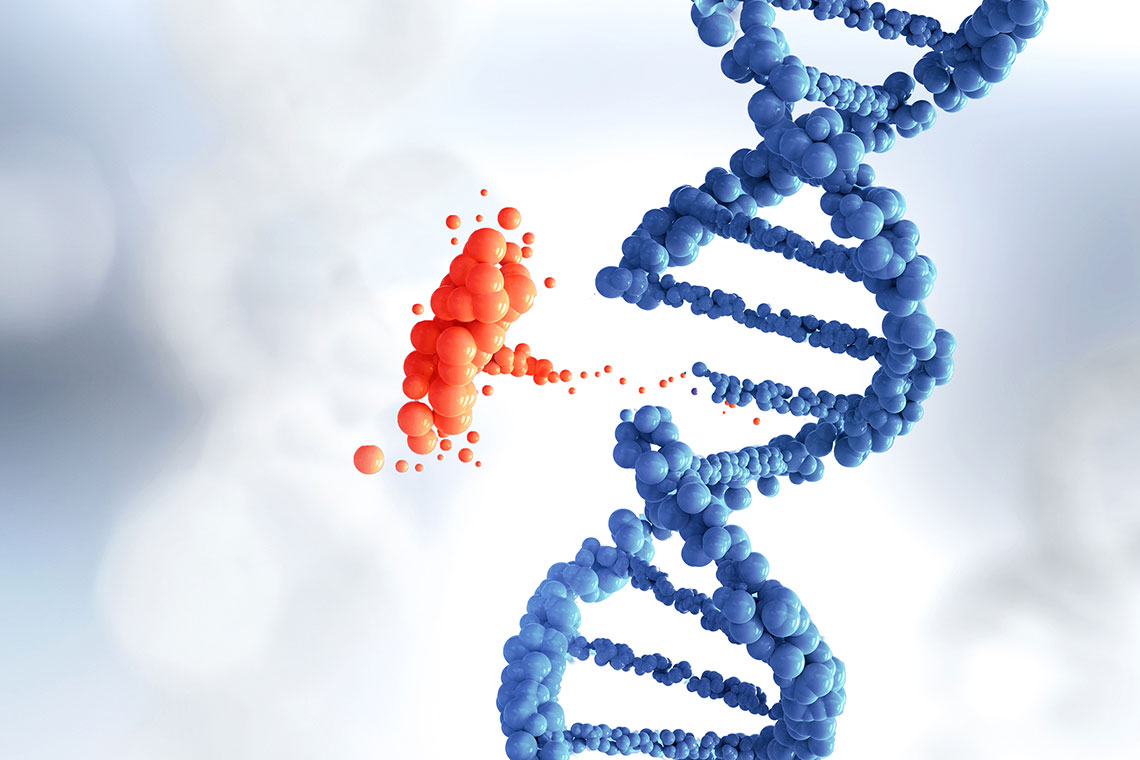What are the symptoms of rippling muscle disease?
Rippling muscle disease (RMD) is a rare genetic disorder that affects muscle function. The symptoms of rippling muscle disease can vary, but common signs include:
- Muscle Rippling: Visible rippling or twitching of muscles, which often occurs when the muscles are contracted or relaxed.
- Muscle Weakness: Gradual weakness in the muscles, which can affect mobility and strength.
- Muscle Cramps: Painful muscle cramps and spasms, especially during or after exercise.
- Muscle Pain: Discomfort or pain in the muscles, which may be persistent or intermittent.
- Reduced Exercise Tolerance: Difficulty with physical activities and a decreased ability to tolerate exercise.
Symptoms typically become noticeable in childhood or early adulthood and may progress slowly. The severity of symptoms can vary from person to person. If you suspect you or someone you know may have rippling muscle disease, it’s important to consult a healthcare professional for an accurate diagnosis and appropriate management.
What are the causes of rippling muscle disease?
Rippling muscle disease (RMD) is caused by genetic mutations that affect muscle function. The primary causes include:
- Genetic Mutations: RMD is often linked to mutations in the CAV3 gene, which encodes caveolin-3, a protein essential for muscle cell structure and function. Mutations in this gene disrupt the normal function of muscle cells, leading to the characteristic symptoms of RMD.
- Inheritance Patterns: RMD can be inherited in an autosomal dominant manner, meaning only one copy of the mutated gene is needed to cause the disorder. However, it can also occur sporadically without a family history.
The exact mechanisms by which these mutations lead to rippling muscle disease are not fully understood, but they involve alterations in muscle cell membranes and structures, resulting in the visible muscle rippling and other symptoms associated with the condition.
What is the treatment for rippling muscle disease?
The treatment for rippling muscle disease (RMD) is generally supportive, focusing on managing symptoms and improving quality of life. Since RMD is caused by genetic mutations and there is no specific cure, treatment strategies include:
- Physical Therapy: Regular physical therapy can help maintain muscle strength and flexibility, improve mobility, and reduce muscle stiffness.
- Pain Management: Medications or other therapies might be used to manage any pain or discomfort associated with muscle symptoms.
- Exercise: Gentle, supervised exercise can help maintain muscle function and overall fitness, but it’s important to avoid activities that might exacerbate symptoms.
- Assistive Devices: In some cases, devices like braces or orthotics may be used to assist with mobility and reduce strain on affected muscles.
- Monitoring and Follow-Up: Regular monitoring by a healthcare provider, such as a neurologist or rheumatologist, can help manage symptoms and adjust treatment as needed.
There is no specific medication or treatment that addresses the underlying genetic cause of RMD, so management focuses on alleviating symptoms and supporting muscle function.

Leave a Reply
You must be logged in to post a comment.